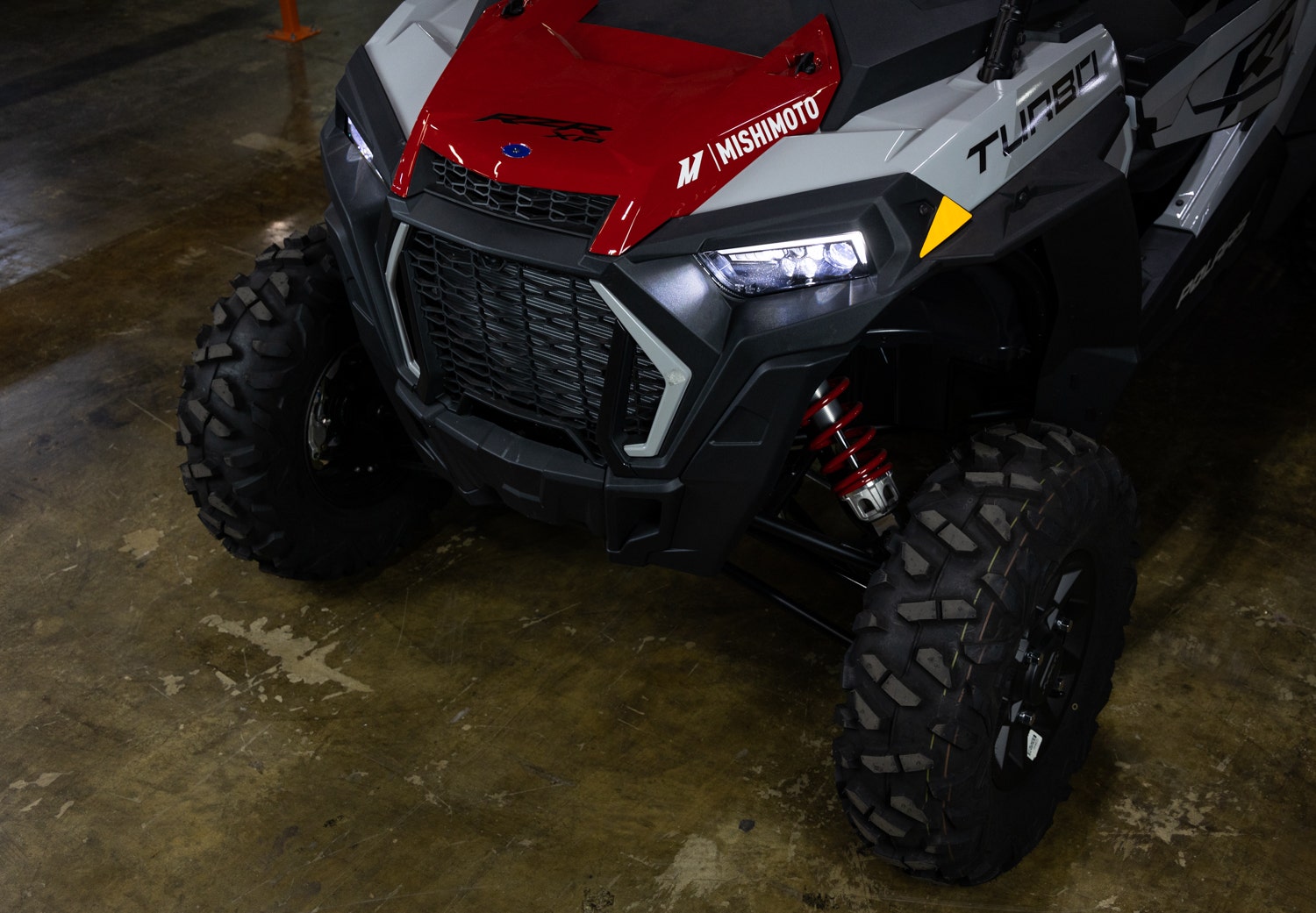
Functional Finesse - 2016+ Polaris RZR XP Turbo Silicone Inlet and Charge Tube R&D - Concept to Completion
Polaris designed the RZ XP Turbo with one function: slicing and dicing its way through any obstacle the great outdoors presents. The towering suspension and knobby tires coupled to the compact chassis give this off-roader the finesse to navigate the great outdoors. Combine that with the punch of the turbo 1000cc twin powerplant, and this sharp machine is seemingly unstoppable. Polaris made sure to properly equip the RZR XP Turbo to handle all kinds of difficult situations, but some areas could leave this function-focused buggy, well, functionless.
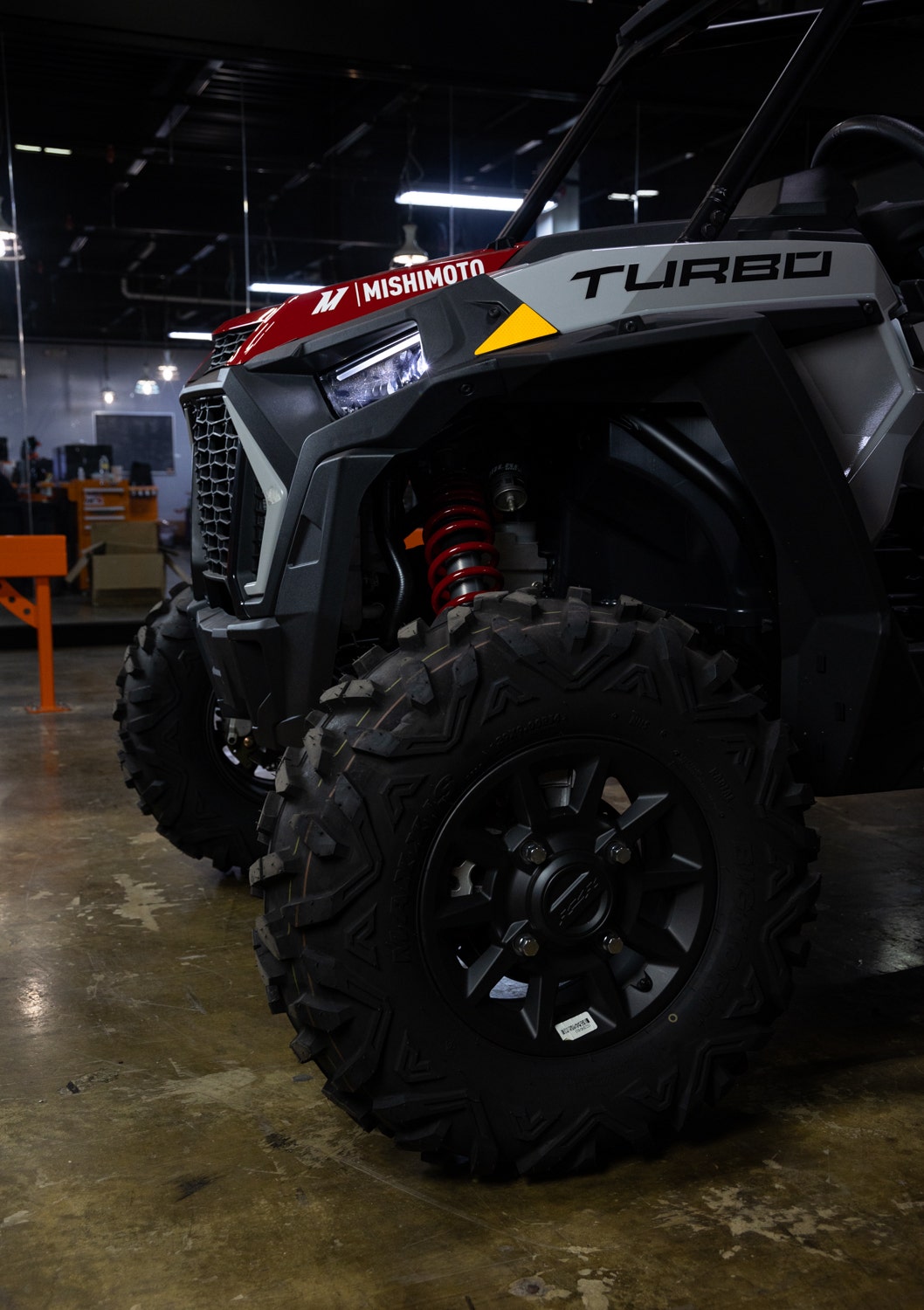
Air is a vital component of the operation of any internal combustion engine, so making sure intake air makes it to the cylinders is just as important. Less air completing its journey to the cylinders makes for a frustrating time out on the trail, especially with a turbo in the mix. In the case of this intake system, there are some notable weak points from airbox to intercooler that could dull your RZR's abilities.
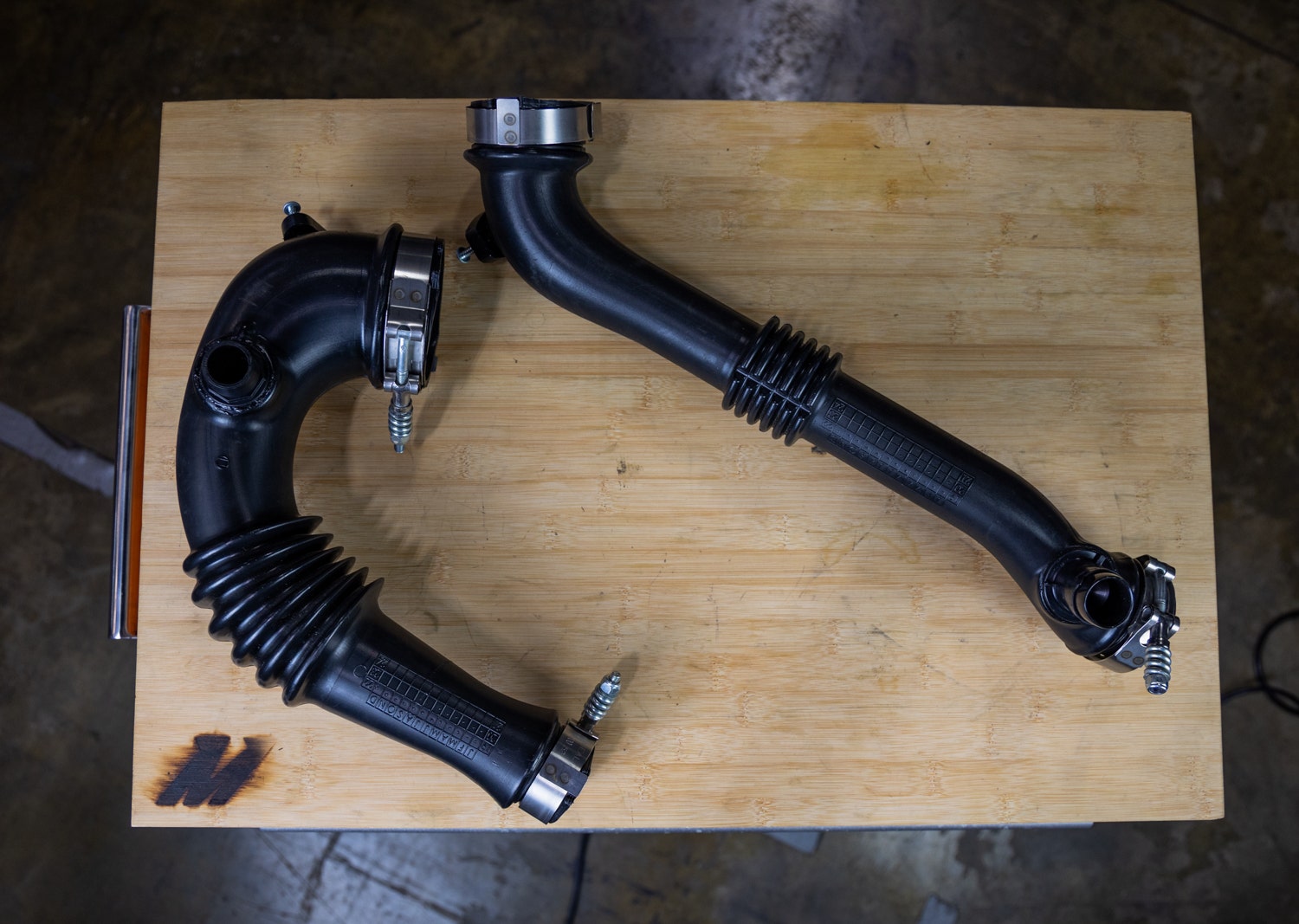
Peeling off of the airbox, the stock inlet pipe makes a hard U-turn to the turbocharger. This J-pipe comes from the factory sporting a full plastic injection molded construction complete with plenty of ultrasonic welds to accommodate different ports and sensors. The Polaris engineers also added an accordion-style flex joint right after the loop to give this induction pipe a little more wiggle room between the airbox and the turbo.
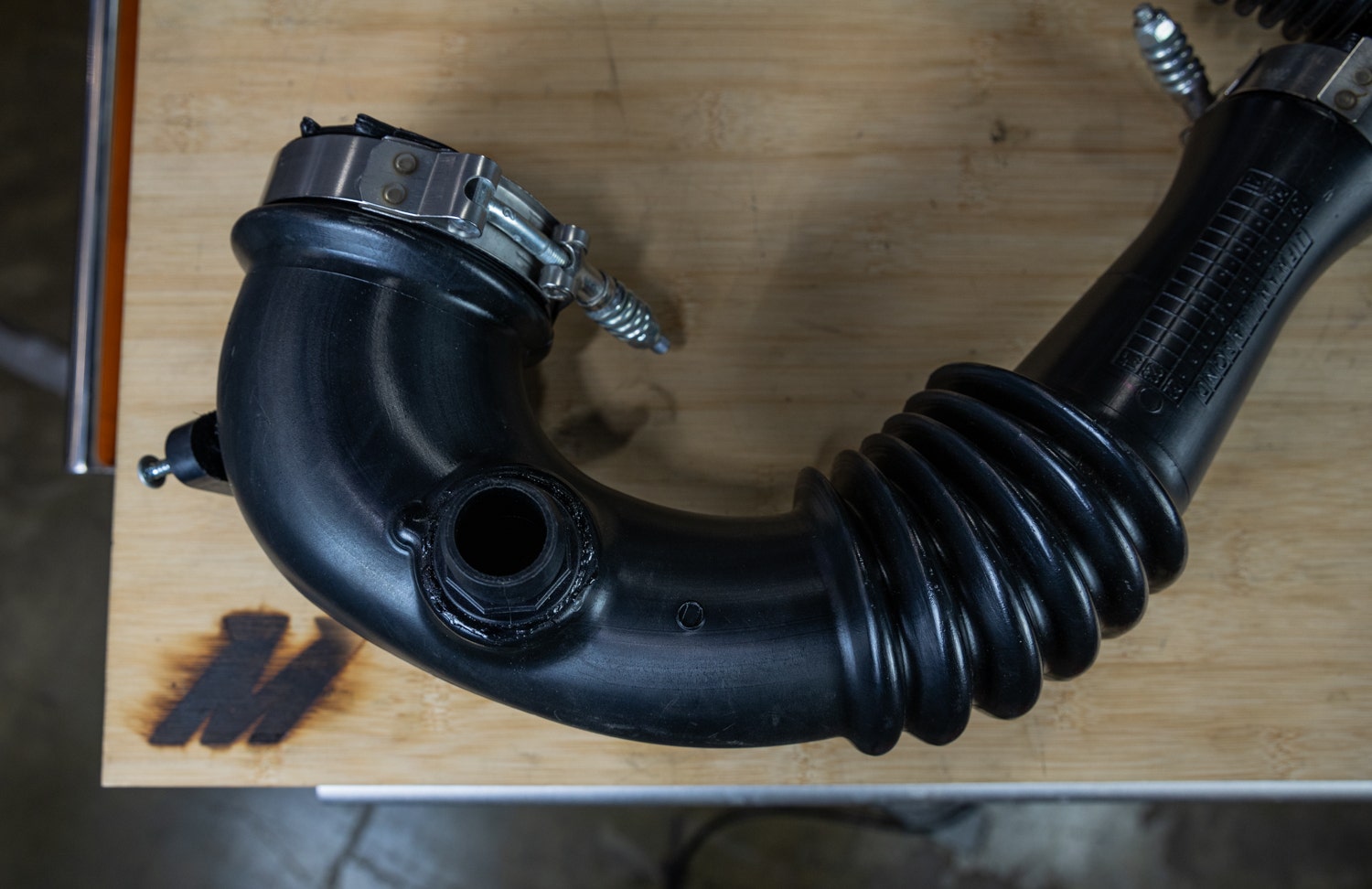
On the other side of the turbo, the construction choices look quite similar for the RZR's charge pipe. There's more of the same hard plastic, ultrasonic welds, and a similar flex joint to ensure both ends of this pipe stay attached after daring dune jumps and bouts of rock crawling.
Polaris engineers opted for the injection-molded plastic construction since it strikes an acceptable balance between production costs and durability but leans more toward the cost-benefit. While these materials are common across the automotive industry, they're much more secure under the hood of a daily commuter rather than a highly specialized off-roader. Since these RZRs are destined for much harsher driving conditions, the plastic has a much fast rate of decay. High heat and heavy pressures take their toll on this plastic, with the ultrasonic welds and other seams being the first to succumb. The open engine bay also offers no protection against fast-moving debris or tricky obstacles that could puncture these pipes.
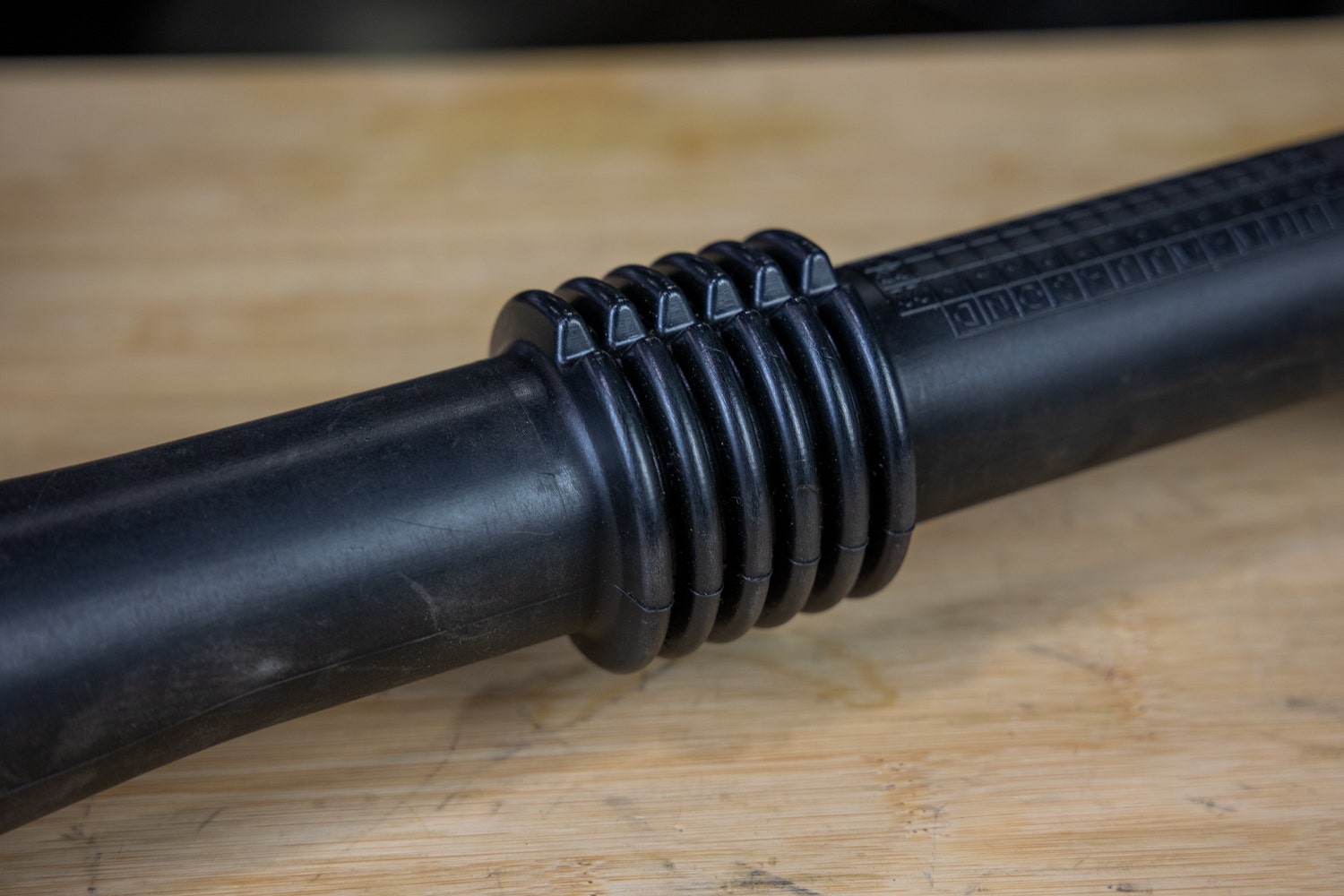
On top of dependability concerns, these pipes aren't doing any favors for the RZR Turbo's performance. Both the inlet and charge pipes neck down to restrictive inner diameters, reducing the airflow through the system. In addition, each pipe's flex joint adds an irregular interior shape, generating unwanted turbulence while traveling to the engine's intake manifold.
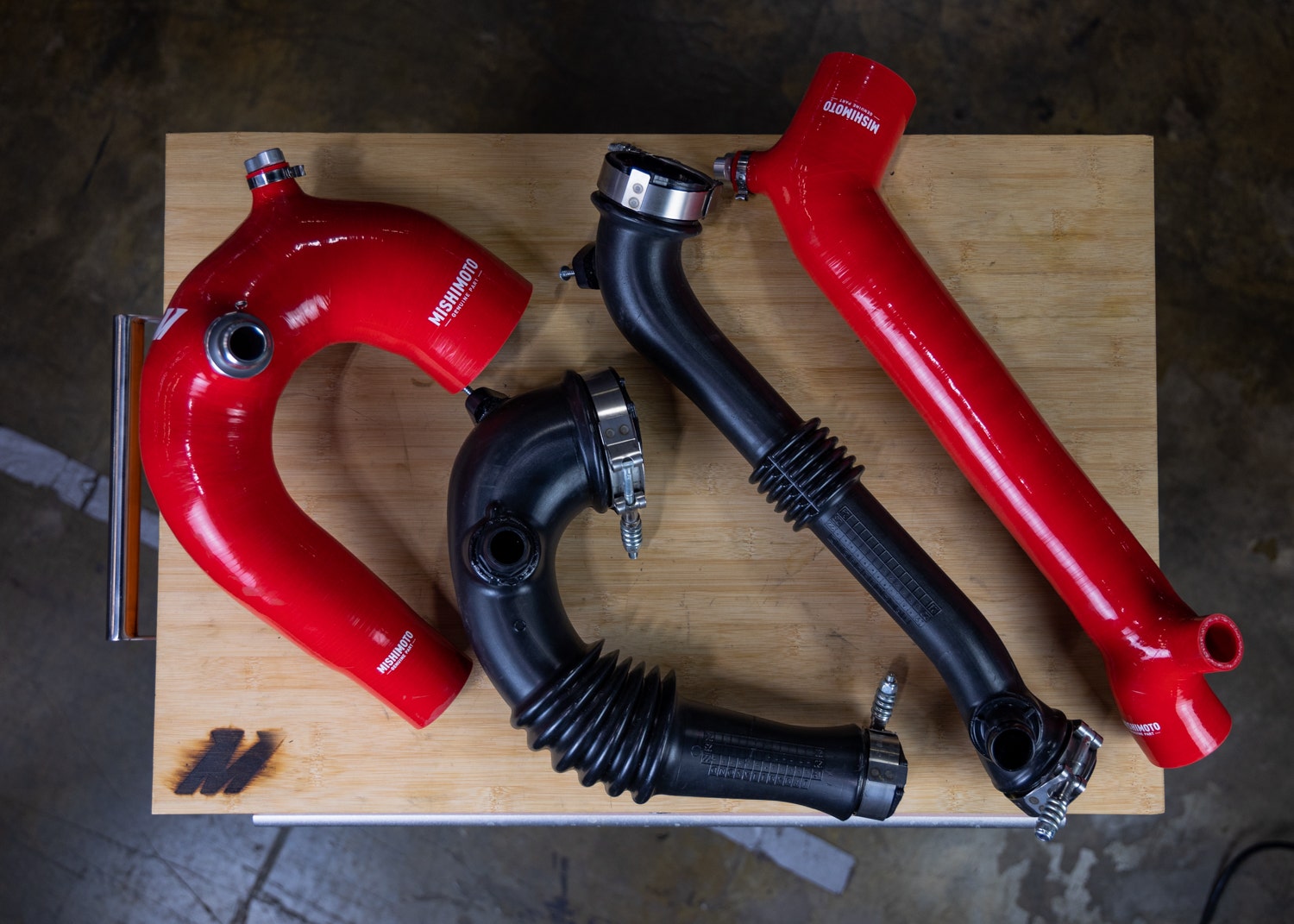
We've been hard at work improving not only the form of these components but also revising their functionality. We started with a new choice of construction materials. We ditched all scraps of plastic, and both of our redesigned pipes are sporting four layers of durable silicone embedded with heat-resistant fibers making these much better suited for long, hot days in the desert. To ensure these pipes can keep it together under pressure, we've designed both our inlet and charge pipe to include a steel wire reinforcement and topped things off by including CNC-machined aluminum sensor and emissions ports for maximum dependability.
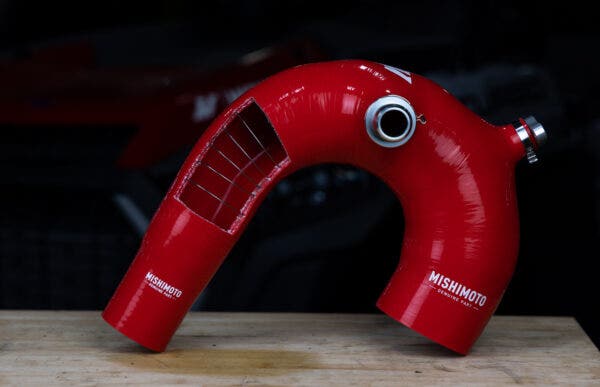
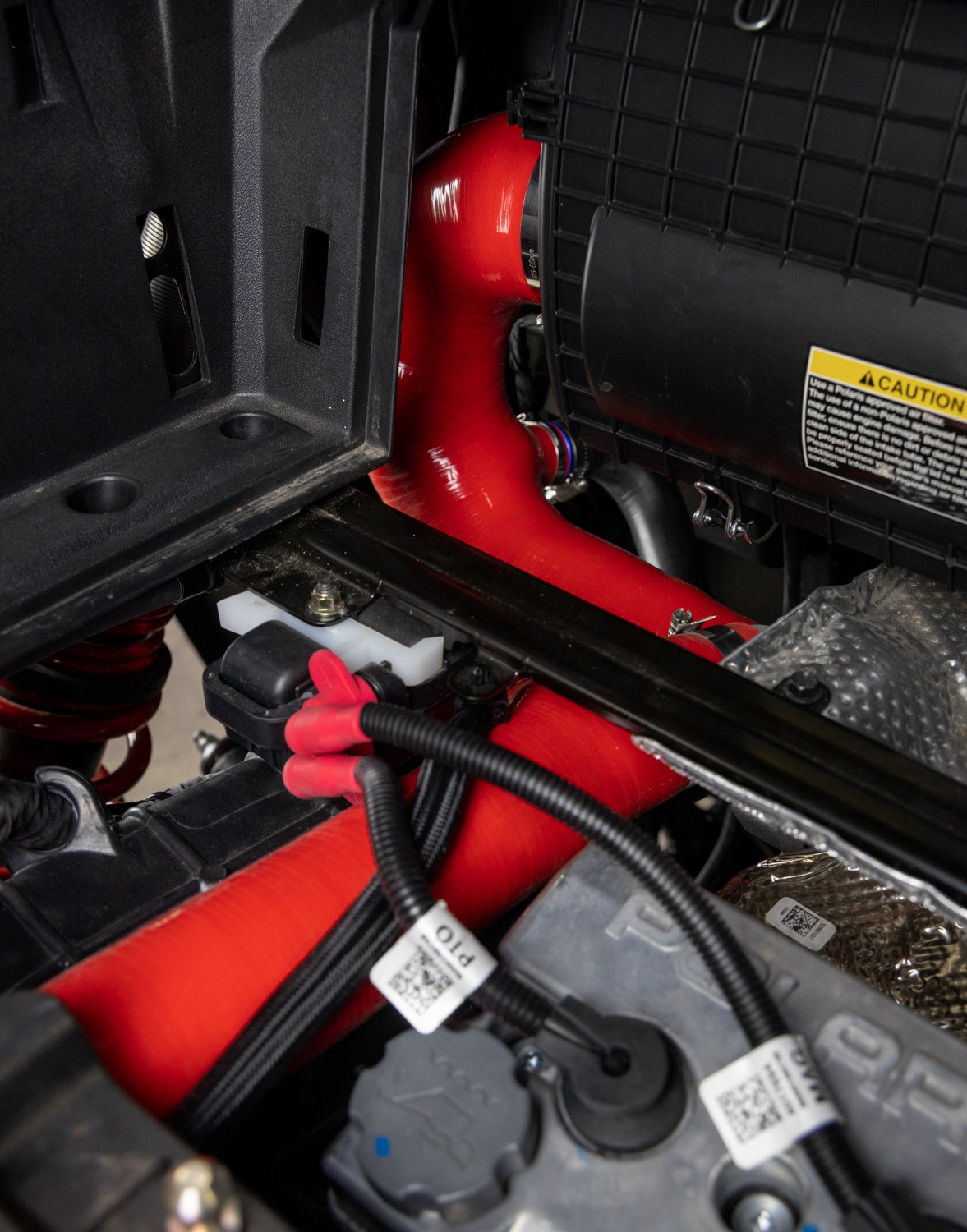
Since we were already giving this pipe pair a tough makeover, we couldn't help but add a few performance touches while we were at it. For starters, we made sure to give both the inlet and charge pipe a larger and more consistent inner diameter. This alone improves the volume and quality of air running through the system, but that's not all we did. In addition, since silicone is inherently flexible, there was no longer a need for accordion-style flex joints in either component. Removing these sections from our final design means eliminating the primary source of turbulence in this part of the system and solidifying this platform for even more power.
The RZR XP Turbo is built on the premise of functional finesse. These purpose-built off-roaders use their punchy turbo twin and rugged accouterments to slice through the landscape delicately, but that functionality is dashed as soon as the intake system falters. With a quick silicone overhaul, however, the RZR only gets sharper and more capable of delivering you to those remote destinations. Add some form to your RZR's functionality today:
Silicone Intake J-Tube, fits Polaris RZR XP Turbo, 2016+
Silicone Charge Tube, fits Polaris RZR XP Turbo, 2016+
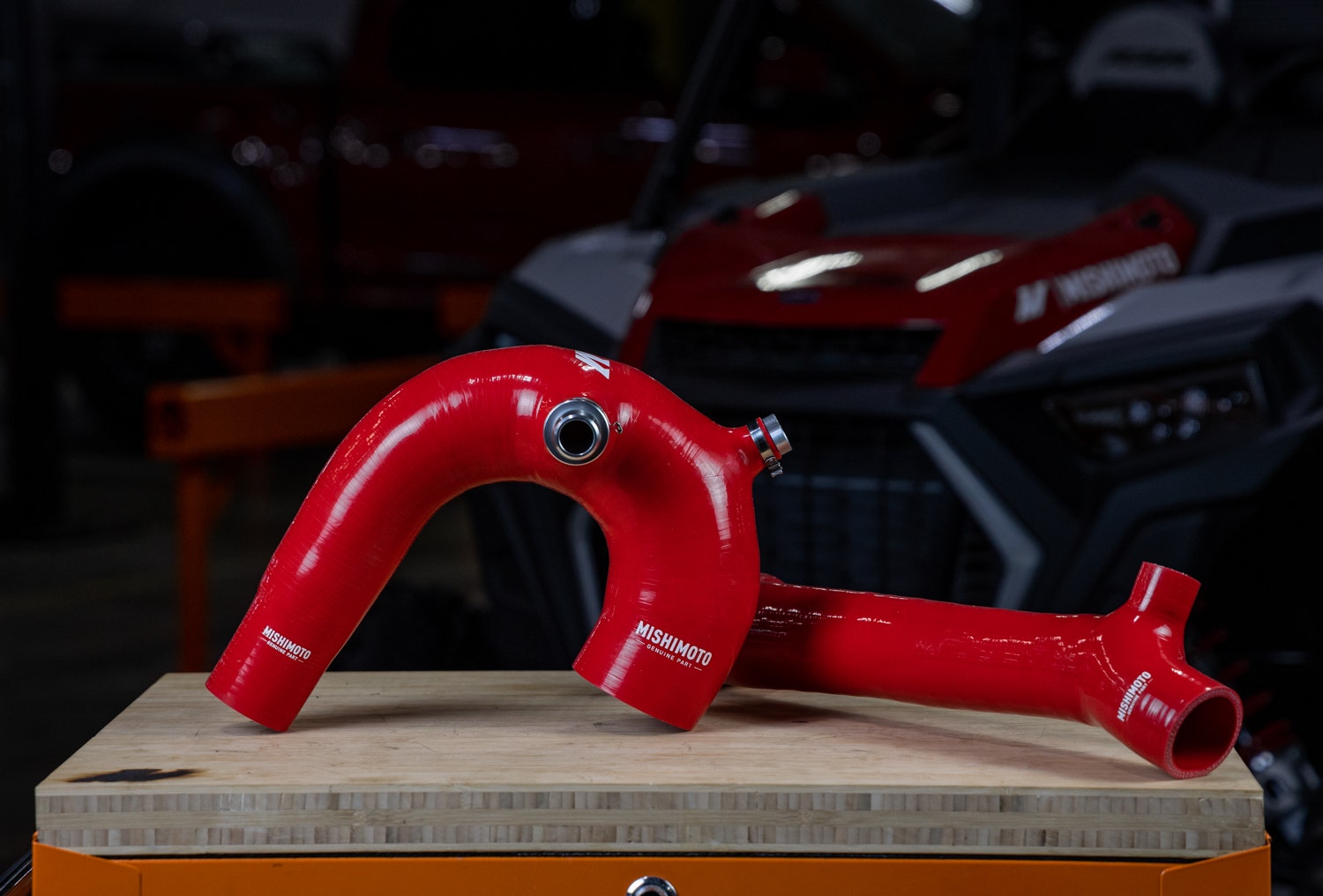
Thanks for Reading!
-Nick




